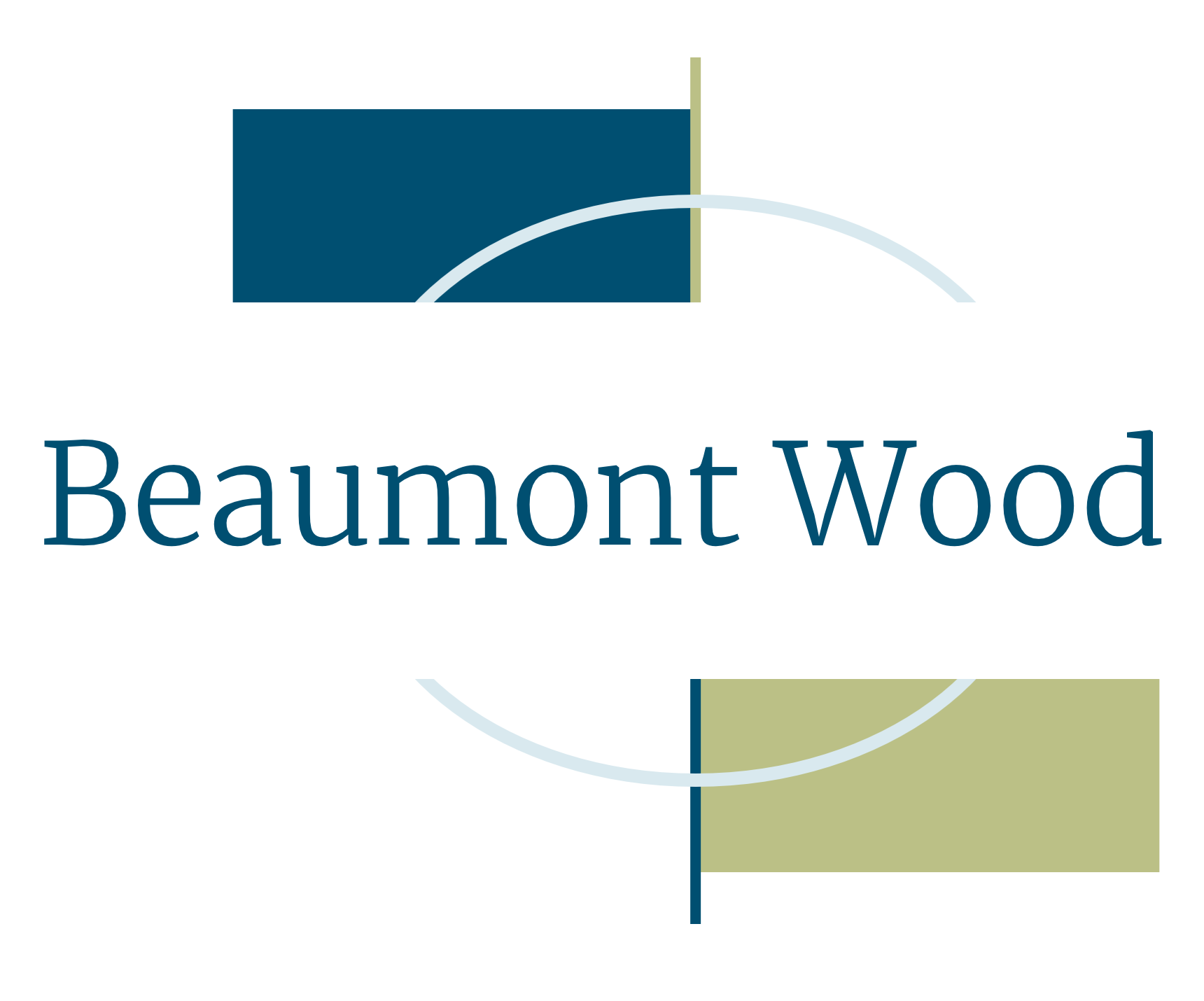Technology has touched every part of industry as we enter the Fourth Industrial Revolution, and none more so than construction. Technological changes in how we design, engineer and build structures have brought something quite different to the world of construction projects especially in the form of Building Information Modelling (BIM) and Virtual Reality (VR).
The definition of Virtual Reality (VR) is near, and reality is what we experience as human beings. Put the two together, and we have the term, near reality, which in real terms means the emulation of reality.
Building Information Modelling (BIM) – is a process for both the creation and management of a construction project across its lifecycle and encompasses the digital description of both physical and functional characteristics of a facility.
So how have these new technologies changed the way in which we now design and construct our buildings?
BIM
BIM currently operates over four levels, each one having its own set of criteria. The UK Government is committed to Level 3 BIM being the prerequisite for all projects in the future and not just the construction of buildings, but for all UK infrastructure. No longer will each stakeholder work on their own BIM model, but will share a single project model that sits in a ‘central’ location and can be accessed and modified by all stakeholders. Level 3 BIM should allow for greater accuracy in planning, prevent design faults from arising only once the installations have begun, and allow for changes or modifications at an earlier stage. Structures should be completed closer to the designated completion date and with greater accuracy on budget allocations. Working in 3D design and above will allow architects to demonstrate spatial relationships or light flow that would not have been possible in 2D. With BIM, all the factors required to create a structure in its entirety can be added digitally to establish a finalised plan that can be handed to contractors. BIM allows for changes in the design process that allows for a more time and cost-effective build.
VR
VR has an important part to play in the design process as real-time computer-generated images of a structure in its finished state can be created. Clients can experience all the physical attributes of their building; the flow of space and an understanding of height, dimensions, light and finishings. The client has a very clear idea of how the finished structure will appear which, in turn, should diminish the need for conflict over design during the development of the structure.
BIM and VR are the future of construction. Not only will they help structures to be built on time and within budget, the hope is that they will help to cut down on construction waste and protect both our environment and natural resources. Both of these processes can only result in more efficient working relationships, less conflict and greater financial control, which have an impact on project delivery scales. As BIM evolves so will the ability to use VR to a greater advantage; clients will be able to step into their projects and experience them in their completed state. These technologies allow for a truly integrated project delivery that will last for the lifetime of the building making both construction and facilities management a more economically affluent and efficient process.

